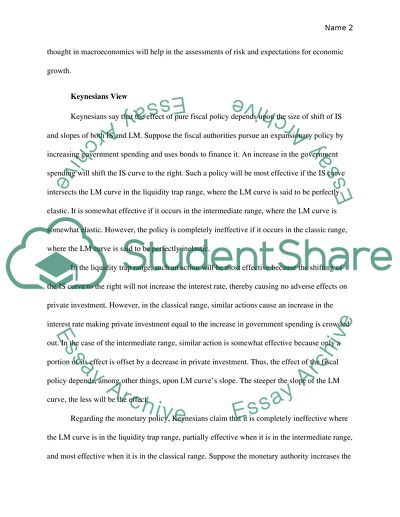Cite this document
(“Using the IS-LM model, explain the different views, held by Coursework”, n.d.)
Using the IS-LM model, explain the different views, held by Coursework. Retrieved from https://studentshare.org/macro-microeconomics/1635376-using-the-is-lm-model-explain-the-different-views-held-by-monetarists-and-keynesians-about-the-effectiveness-of-fiscal-and-monetary-policies-in-you-view-which-one-of-these-two-approaches-is-more-convincing-and-why
Using the IS-LM model, explain the different views, held by Coursework. Retrieved from https://studentshare.org/macro-microeconomics/1635376-using-the-is-lm-model-explain-the-different-views-held-by-monetarists-and-keynesians-about-the-effectiveness-of-fiscal-and-monetary-policies-in-you-view-which-one-of-these-two-approaches-is-more-convincing-and-why
(Using the IS-LM Model, Explain the Different Views, Held by Coursework)
Using the IS-LM Model, Explain the Different Views, Held by Coursework. https://studentshare.org/macro-microeconomics/1635376-using-the-is-lm-model-explain-the-different-views-held-by-monetarists-and-keynesians-about-the-effectiveness-of-fiscal-and-monetary-policies-in-you-view-which-one-of-these-two-approaches-is-more-convincing-and-why.
Using the IS-LM Model, Explain the Different Views, Held by Coursework. https://studentshare.org/macro-microeconomics/1635376-using-the-is-lm-model-explain-the-different-views-held-by-monetarists-and-keynesians-about-the-effectiveness-of-fiscal-and-monetary-policies-in-you-view-which-one-of-these-two-approaches-is-more-convincing-and-why.
“Using the IS-LM Model, Explain the Different Views, Held by Coursework”, n.d. https://studentshare.org/macro-microeconomics/1635376-using-the-is-lm-model-explain-the-different-views-held-by-monetarists-and-keynesians-about-the-effectiveness-of-fiscal-and-monetary-policies-in-you-view-which-one-of-these-two-approaches-is-more-convincing-and-why.


